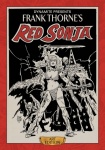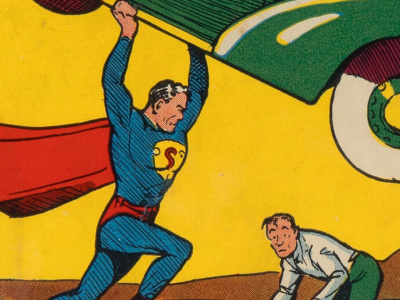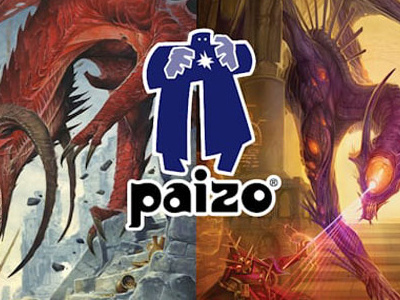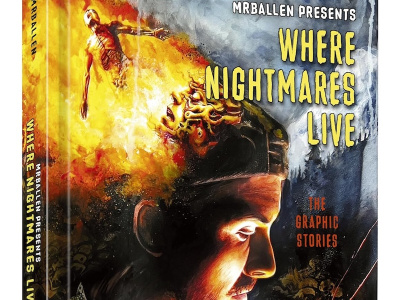 Dynamite Entertainment announced the December publication of Frank Thorne’s Red Sonja, the publishers first Art Edition, which reproduces the artist’s original work at full size as accurately as possible in a high-end, oversize deluxe hardcover format. This high end comic art book format originated at IDW Publishing (see "IDW Plans 'Artist Editions' for Mignola, Kieth, and Simonson"), and appears to be gathering some momentum since Titan Publishing is doing something very similar with Walt Simonson’s adaptation of Alien. Dynamite’s key contribution to the category may be the publisher’s announced intention to provide retailers with "a much greater discount on Dynamite’s Art Editions" (previous "original art" volumes from other publishers were only available at short discounts).
Dynamite Entertainment announced the December publication of Frank Thorne’s Red Sonja, the publishers first Art Edition, which reproduces the artist’s original work at full size as accurately as possible in a high-end, oversize deluxe hardcover format. This high end comic art book format originated at IDW Publishing (see "IDW Plans 'Artist Editions' for Mignola, Kieth, and Simonson"), and appears to be gathering some momentum since Titan Publishing is doing something very similar with Walt Simonson’s adaptation of Alien. Dynamite’s key contribution to the category may be the publisher’s announced intention to provide retailers with "a much greater discount on Dynamite’s Art Editions" (previous "original art" volumes from other publishers were only available at short discounts).Dynamite’s CEO Nick Barrucci, who hasn’t yet revealed the MSRP of the new Art Editions, explained his company’s discount innovation involves a major change to the business model that has governed the category until now, "The business model to date has had a greater focus on direct to consumer business, but we want to ensure we support our comics retailers and wish to create a business model that retailers can support."
Dynamite’s first Art Edition collects the entire run of Thorne’s Red Sonja, which appeared in Marvel Feature in the 1970s, and to commemorate the year of the character’s first appearance, Dynamite is limiting this edition to 1,973 copies worldwide. Dynamite’s handling of the material pleased Thorne who commented: "Dynamite's gorgeous, large-format Red Sonja Art Edition features complete reproductions of my Sonja stories in their original size. All the details of each page are seen exactly as I drew them."
The process of creating the oversized Frank Thorne's Red Sonja Art Edition involves high-resolution color scanning of original storyboard artwork, capturing the look of the artwork as originally illustrated, with all blue lines, corrections, editorial notes, and other distinctive creative elements intact. Each scan is then printed on heavy stock paper to provide something akin to the experience of what it would be like to hold the actual storyboard pages.







